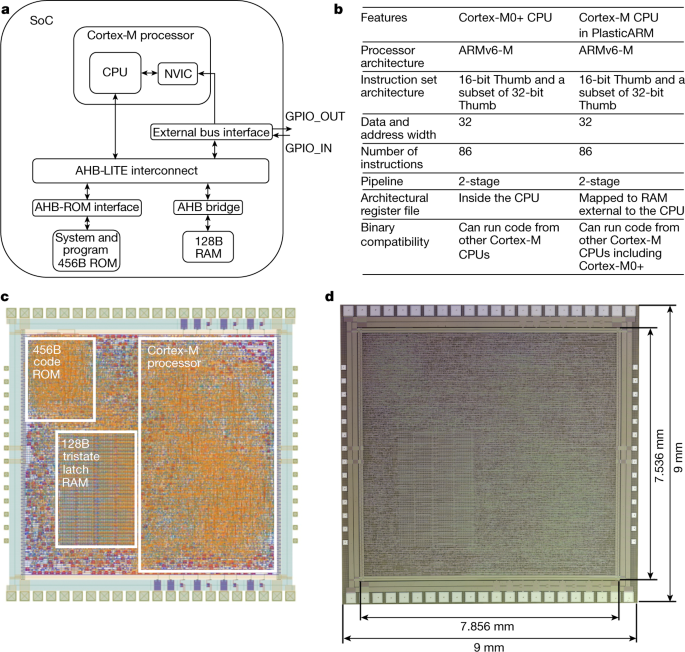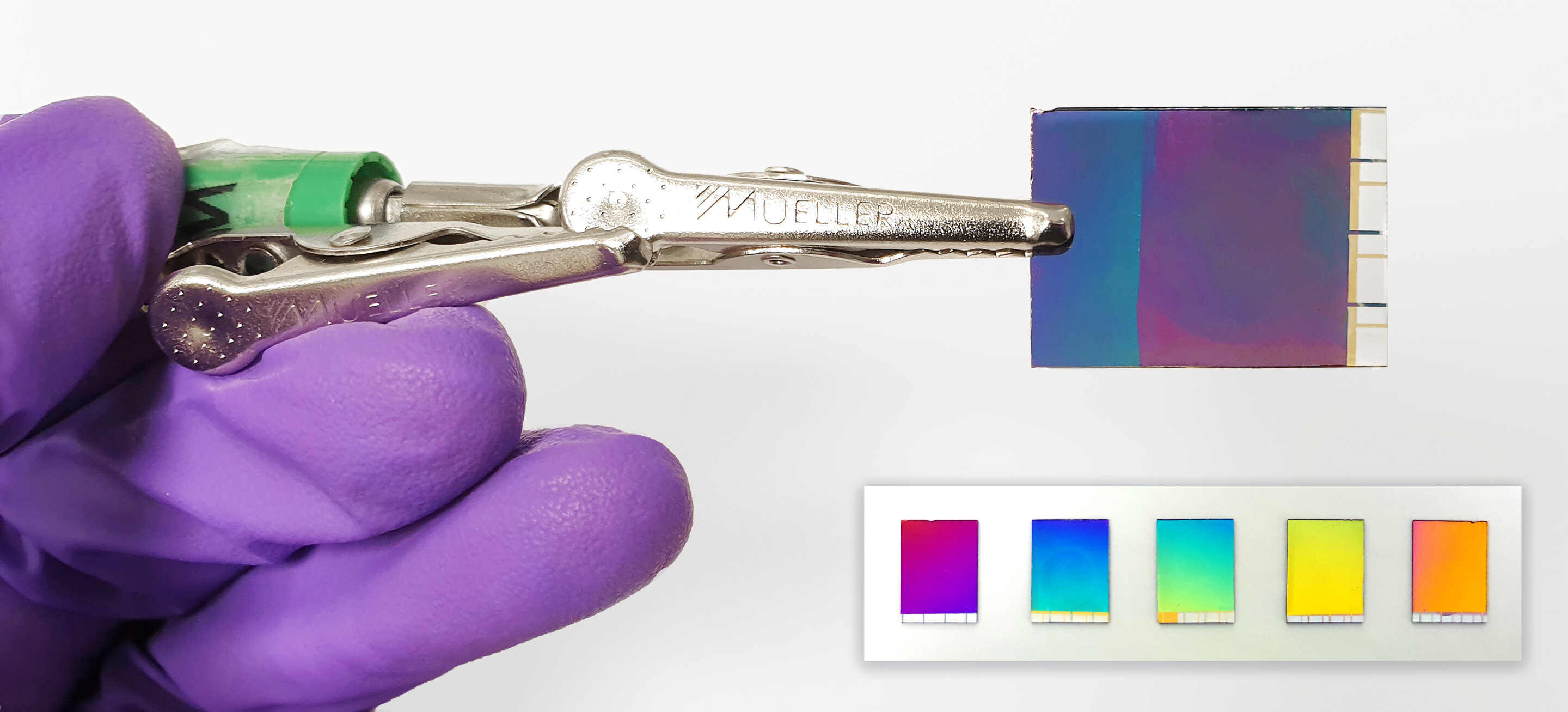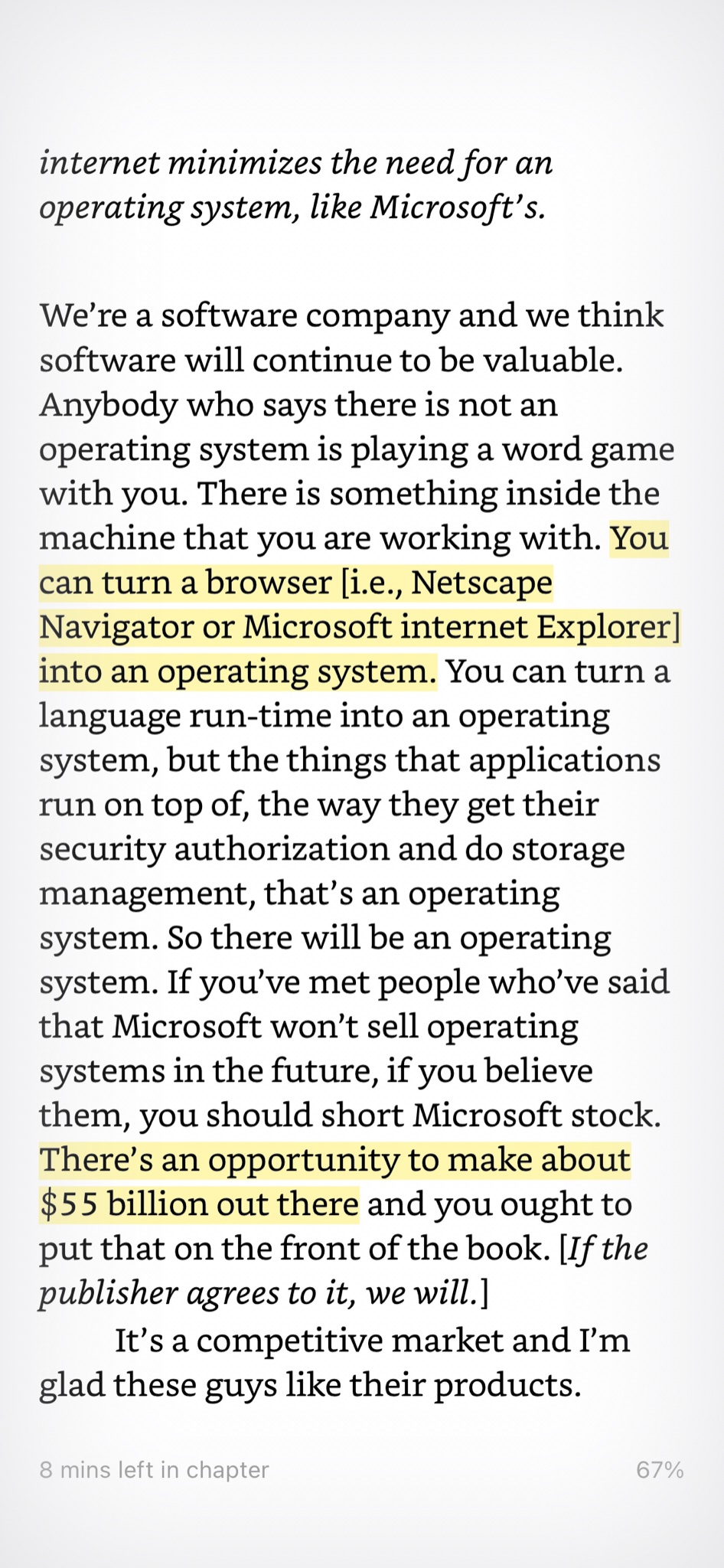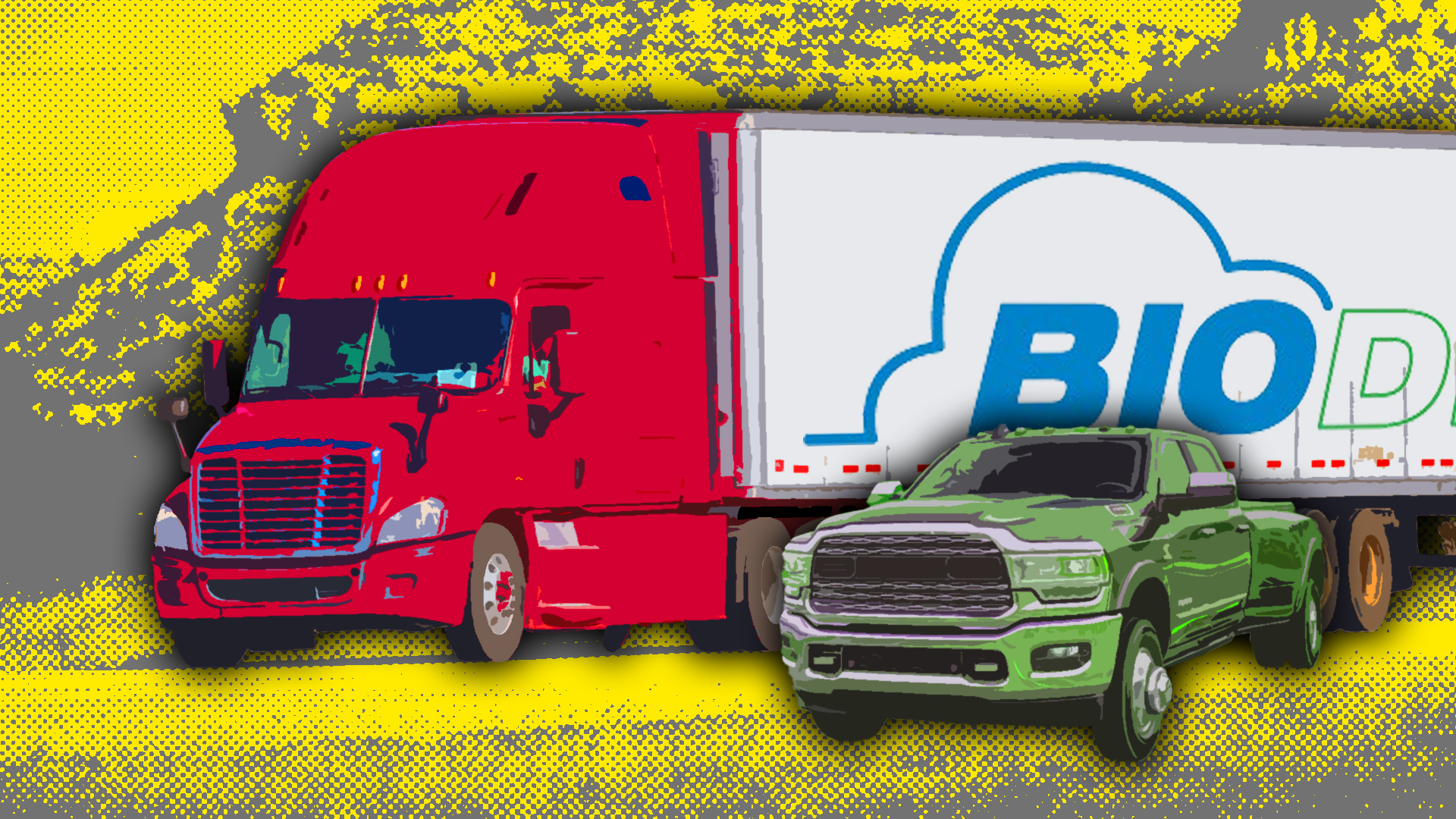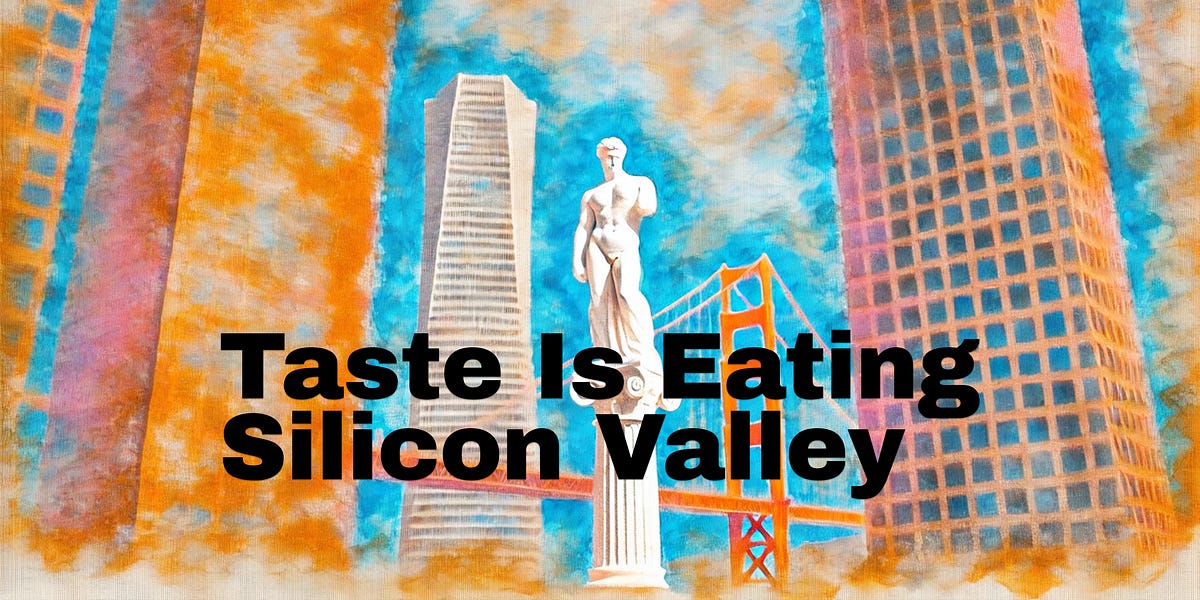So what if it is a thin wrapper on OpenAI?
The important question is whether what is built provides a benefit, i.e., some gain in a prospective customer’s life. Has it been confirmed as the value by the customer through her vote of confidence and wallet?
Now, it is an iron law of business: if some business idea makes money, then a neighbor is going to get envious or greedy and copy it. If you don’t have a defense, then the space will get crowded, which can lead to a situation where no one will make money eventually, and the whole space will crumble.
Perplexity is a thin wrapper; it is still around. Inflection.ai was not a thin wrapper; it had a thick layer beneath the chat interface with its own LLM stack, but it had to fold.
ChatGPT has become the category name for consumer conversational agents, but that has not created any brand loyalty for OpenAI. While ChatGPT is ahead, with new mind-bending feature releases every week by so many players, consumers are wondering when they should shift their paid subscription to Claude.ai, Perplexity, or even Gemini. If the underlying infrastructure investment does not help deliver a greater experience on top, then the ‘thick substance’ that costs billions of dollars does not matter. In the case of Inflection.ai, building the Inflection 2.5 language model did not help Pi survive.
Only in the rarest of rare cases, the first starting idea turns into a large business. The journey to product-market fit is about iterating through the idea maze. You start with a focus on some ideal customer persona, geography target, and vision, but where it eventually works in terms of customer adoption is in a very different area. Often in completely unrelated areas or ideas. Hugging Face started as an AI Tamagotchi but eventually became an important AI infrastructure software company. Perplexity started as a text-to-SQL company but became a consumer question-and-answer engine.

